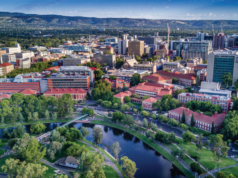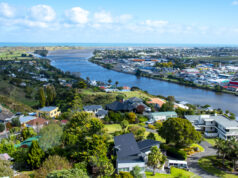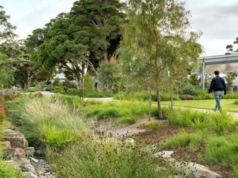By David Jenkins
Net Zero is a laudable goal as the world builds new infrastructure for smarter cities, but achieving this and balancing innovation while decarbonising the built environment is a significant challenge.
This was the subject of a panel discussion I participated in at the recent SmartCity Expo World Congress in Barcelona. Speakers from Europe, South Korea, the UK, and Latin America joined me.
One of the points that emerged from the discussion was that, in some cases, the assets needed to help with the transition to net zero are already there and require little or no adaptation to play a role in decarbonisation.
I’m referring to natural assets such as rivers, forests, wetlands, and open spaces. These can be integrated into asset management plans and deliver multiple benefits, from carbon capture to ecosystem support.
Nature is perhaps the smartest infrastructure solution available. By definition, it is resilient and sustainable, and it can deliver many of the resources smart cities need to achieve their goals, from clean air and water to wetlands that can be harnessed for growing food for urban populations.
Biodiversity is increasingly being factored into the criteria for smart cities, and what could be better for promoting and maintaining biodiversity than natural habitats that can also function as parks?
Canada has led this approach, beginning with a well-documented project in Gibsons, British Columbia.
In the Gibsons’ project, the town’s managers included the water aquifer in their asset management plan to provide water storage and filtration and deliver drinking water so pure it meets health standards without any chemical treatment.
Creeks and woodlands help manage the rainwater, and the foreshore area of the beaches acts as a natural seawall.
It also looks beyond the traditional view of natural assets as purely recreational or social amenities and must have some subjective beauty to be integrated within urban plans.
Floodplains and wetlands may not always be the most attractive natural environments, but they have a role in nature and our cities and towns.
Natural assets can help decarbonise more sustainably and often more cost-effectively. If we want our cities to be smart, we’d be smart to use them.














